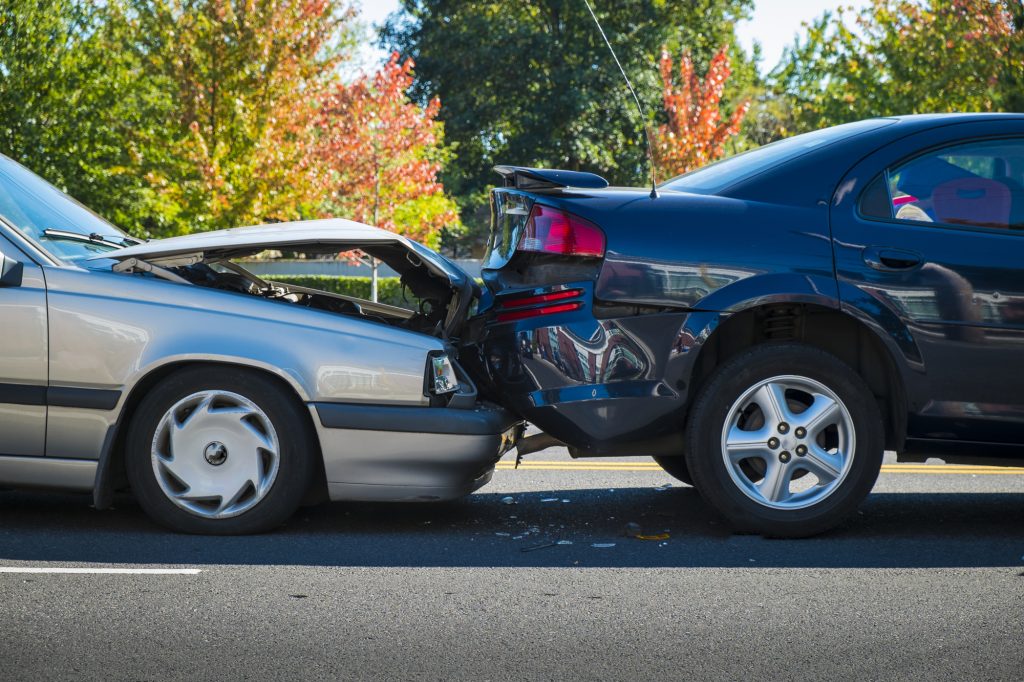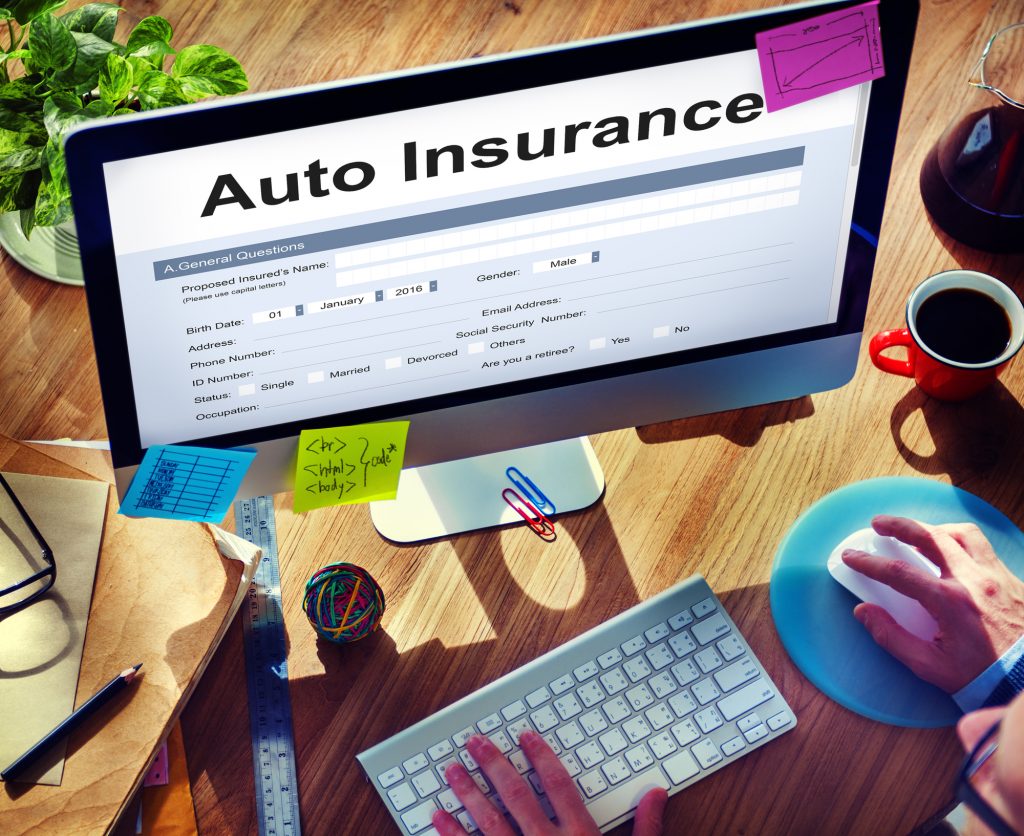Car Insurance: Terminology and Shopping Tips
Shopping for car insurance can be very stressful – and confusing. How do you know how much car insurance coverage you need? What type of insurance should you get? Are you eligible for any discounts? And what do all those crazy terms the insurance companies throw around actually mean?
Let’s talk about car insurance lingo and some tips for shopping for car insurance.
Car Insurance Terminology
Just like any industry, the car insurance industry has their own lingo that is challenging to understand. As you shop for auto insurance, here are some terms that you’re likely to encounter.
Collision Coverage: Collision coverage repairs your car even if the accident is your fault. It kicks in if your car is damaged by hitting another car or an object. If you have a car loan, you’re typically required to have collision insurance. You will probably have a deductible you have to pay towards the repairs and then your insurance company will pay the rest for the repairs. If your car is totaled, your insurance company will then write you a check for the actual cash value of your vehicle. Collision coverage is optional.

Comprehensive Coverage: Comprehensive coverage covers anything that happens to your car because of something other than a car accident. This would be for things like theft (if your car is stolen.) It also covers damage from flooding, vandalism, fires, hitting an animal, broken windows, natural disasters, damage from falling trees and other hazards and damage. Comprehensive coverage is optional.
Liability: Liability pays for the damages that you are responsible for if you get into an accident. It covers property and medical damages that you cause and gives you legal protection in the event of a lawsuit.
Personal Injury Protection: This is a type of medical protection that is required in no-fault states and is optional in other states. It covers medical expenses for you and your passengers.
Uninsured Motorist: Many people drive illegally without insurance. Uninsured motorist coverage covers your expenses if you’re in an accident with a driver that doesn’t have auto insurance.
Premium: This is the money you pay to the insurance company so it will provide coverage and pay any auto claims. You typically will pay premiums monthly, every six months or yearly. Sometimes premiums are referred to as “rates.”
Deductible: A deductible is the money you have to pay out of your own pocket before the insurance company will pay the rest of your insurance claim. How much you have to pay depends on which policy you have and the insurance company. Usually deductibles range from $0-$1,500. Typically, deductibles and how much you pay for your insurance (your premiums) are related. A higher deductible means a lower premium.
Gap Insurance: If you have a newer car or have a loan out on your car, you may want to consider getting this type of insurance. Why? Your new car will lose a lot of its value very quickly. If you get into a bad car accident, the insurance company will only pay you for its used “Blue Book” value – which is often going to be less than you owe on the car. Gap insurance pays you the difference between what you owe on the car and what you will be paid if an accident totals your newer car.
These are just some of the car insurance terminology you will come across when shopping for car insurance. As you’re looking for car insurance, you may want to use this handy glossary of car insurance terms if you’re unsure what a term means.
Tips for Shopping for Car Insurance
Before you get started shopping for car insurance, you want to have some information at-the-ready. You will need:
- Your car vehicle identification numbers (VINs)
- Social Security Number of the person who will be the primary person insured on the policy
- Mileage of all the vehicles
- The number of miles you drive (on average) for each of the vehicles
- Driver’s license numbers/information
- Current car insurance policy information so you can compare apples to apples
- A list of any discounts you may be eligible for (veterans, senior citizen, memberships, employee, etc.)

Once you get all of these documents/information gathered, it’s time to start shopping around! Just like you did when you shopped for your car to get the best deal, you want to shop around for car insurance prices and coverage, too. Yes, it can be time consuming (and a hassle), but it’s worth it.
First, be sure to call/contact several insurance companies. Check their coverage and compare each insurance company based on equal coverage and pricing. Keep in mind that if you’ve had any life events since you last shopped for insurance — like a marriage, improved your credit score, bought a house, got older – you may be eligible for a cheaper rate.
Be sure to check with the car insurance company to see if there are any discounts available, like safe driver, good student discounts, multiple car discounts, discounts if your car has safety equipment, multiple policy discounts (if you add your home insurance, for instance), etc.
Hopefully you’re now prepared to shop for a better rate on your car insurance! Good luck and happy shopping.
If you’re ready for a new car to get insured, Neil Huffman Acura at Oxmoor is the place to go to shop for your next vehicle!



